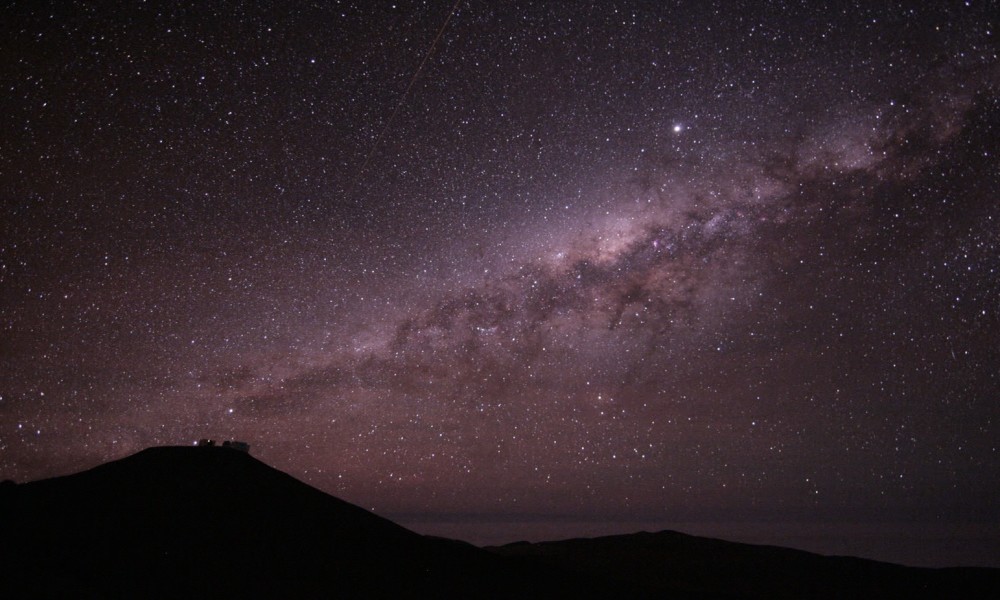Documentary from genre veteran, director Patricio Guzmán, exploring, or rather interweaving, the desolate beauty of the Atacama desert in Chile, inclusive of some of the world’s most sophisticated telescopes and observatories (La Silla Observatory, Paranal Observatory, the immense ALMA radio telescope array), with the harrowing and continuous search of that area by the mothers of the Chilean disappeared, the victims of general Pinochet’s brutal regime who were buried in the desert: indeed they were dug up from their original points of execution and secreted in the desert specifically in the hope they would never be found.
The film is very successful in generating a haunting feel throughout. It’s calm, and slow-paced with some beautiful shots of landscape and the night sky, leaving plenty of room for contemplation as parallels are drawn between those looking to the Heavens, and thus looking back in time at light travelling toward us from the distant universe, and the archaeologists studying the area who are also looking to understand the past, whilst they mention a collective national attempt to do the opposite regarding Chile’s more modern history and its atrocities.
Where the film does let itself down though is with the details, which it is very light on. We never see any maps of the desert, nor do we get much about Pinochet and his regime within a historical context for those not in the know, and there is a moment where we watch astronomers as they look for calcium spectral lines from distant stars to make the quite profound connection between that and the bones being searched for in the desert around them, but they don’t explicitly explain that calcium is one of many primary elements forged by nuclear processes at the heart of stars and then disseminated throughout the universe when those stars eventually go supernova. The observatories featured were founded there of course because of the lack of light pollution and atmospheric interference in the area, but to be fair a lot of the stills of galaxies and the night sky used to exhibit the wonder of the cosmos are amongst the most famous of images, and indeed some of the interlinking effects used seem perhaps a little overtly basic.
Nevertheless, a film that is successful in its primary goal of putting our lives and existence a little under the microscope and making us reflect purposefully on the value of not only remembering the past, but also understanding and coming to terms with it – all driven home with deeply emotional interviews from survivors of brutality and people who have been relentlessly searching for the remains of their loved ones for many, many years.

